Price movements likely to be affected by inflation landscape
Deputy Prime Minister Le Minh Khai last week signed a decision on a mechanism to adjust the average electricity retail price in Vietnam.
Under the decision, as of May 15, in case the calculated average electricity retail price decreases 1 per cent or more compared to the current average electricity price, Electricity of Vietnam (EVN) is responsible for reducing the price by a corresponding level. If the average electricity selling price needs to be adjusted to increase from 3 to less than 5 per cent compared to the current average price, EVN is allowed to decide to adjust the average price to a corresponding level.
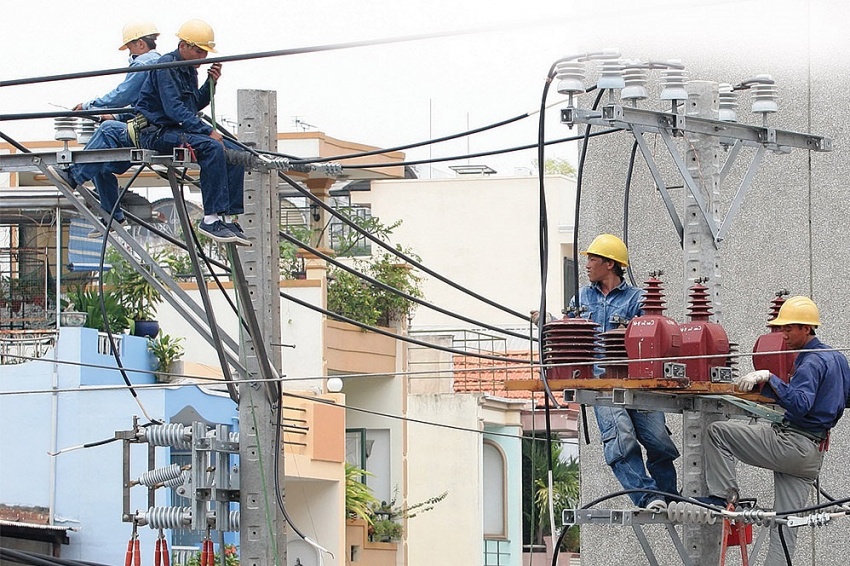 |
| Price movements likely to be affected by inflation landscape, photo Le Toan |
However, when the average electricity selling price needs to be adjusted to increase from 5 to less than 10 per cent as compared to the current average price, EVN is allowed to adjust such a price to a corresponding increase only after it has reported the situation to and received approval from the Ministry of Industry and Trade (MoIT).
And in case the average electricity selling price needs to be revised up by 10 per cent or higher as compared to the current average price or it can affect the macroeconomic situation, any price hike will depend on the examination results of the MoIT in combination with other relevant ministries, and the results must be reported to the prime minister.
In January, the MoIT suggested a rise in electricity retail price for this year so that EVN could ensure money flow for its performance and projects.
Despite two electricity price hikes of 3 and 4.5 per cent, respectively, in 2023, EVN is reported to have suffered big losses in the year of around $708 million due to high prices of materials and exchange rate differences. In 2022, the figure was reported to have been around $864 million.
Nguyen Hoang Anh, chairman of the Commission for Management of State Capital at Enterprises said, “If electricity prices fails to be increase, the losses will continue in 2024,” Anh said, adding that the government is considering a mechanism that may allow an electricity price hike of below 5 per cent within every three months.
According to the General Statistics Office, a hike in power prices contributed to an on-year rise of 3.25 per cent in the consumer price index (CPI) last year. Specifically, the price of household electricity rose 4.86 per cent, leading to a 0.16 per cent increase. In Q1 2024, a 9.38 per cent rise in electricity price caused a 0.31 per cent climb in CPI, which climbed 3.77 per cent on-year.
Meanwhile, in a draft decree on minimum wage for contracted labourers in 2024 that it is formulating, the Ministry of Labour, Invalids, and Social Affairs has proposed a 6 per cent climb to Vietnam’s regional minimum wage, effective July 1. The move came after unanimous approval from the National Wage Council.
If the draft decree is adopted, monthly minimum wages will be adjusted in four regions. Region 1 will see wages increase to VND4.96 million ($206), region 2 to VND4.41 million ($184), region 3 to VND3.86 million ($160), and region 4 to VND3.45 million ($144). This increase surpasses the estimated minimum living standard of workers until the end of 2024 by 2 per cent.
Region 1 embraces the urban areas of Hanoi and Ho Chi Minh City; Region 2 consists of the rural areas of these two cities, along with major urban areas in the country such as Can Tho, Danang, and Haiphong; Region 3 covers provincial cities and the districts of Bac Ninh, Bac Giang, and Hai Duong provinces; and Region 4 includes the rest of the country.
According to the Asian Development Bank, Vietnam’s prudent and proactive monetary policy, supported by price controls on petrol, electricity, food, healthcare, and education, should keep inflation in check. The inflation forecasts are maintained at 4 per cent for 2024.
| Risks to Vietnam’s inflation control efforts Price movements in the coming time are likely to be affected both directly and indirectly by a number of factors. Firstly, the trend of increasing prices of raw material, and food supply in the global market will still be complicated due to climate change and existing risks to the supply chain caused by the Middle East and Red Sea crises. Secondly, many countries and regions, including the US, have not yet ruled out their scenario of high inflation this year. A reduction in pressure on US monetary tightening is also likely to cause the USD to depreciate relatively as compared to Asian currencies, and the impact on Vietnam’s export-import price level will depend on the response to monetary policies of these countries. Furthermore, the adjusted increase in regional minimum wage, a rise in salaries, and a looming roadmap in revising up goods prices controlled by the state in 2024 may cause additional pressure on the government’s efforts in controlling inflation. The implementation of regulations on environmental protection, response to climate change, and sustainable development may also lead to an increase in businesses’ compliance costs and in prices that consumers have to pay, if there are no appropriate support measures.Source: Central Institute for Economic Management |
 | Vietnam, Australia cooperate to develop offshore wind power projects Deputy Prime Minister Tran Hong Ha received Australian Ambassador to Vietnam Andrew Goledzinowski and leaders of Corio Generation of Australia’s Macquarie Group in Hanoi on March 28. |
 | Offshore wind industry creating thousands of high-quality jobs in Vietnam Vietnam plans to increase its offshore wind power capacity from zero in 2023 to 6GW by 2030, with a target of 70-91.5GW of offshore wind power by 2050. To achieve this goal, investors, developers, and contractors need to prepare a skilled and high-quality workforce, especially for large-scale offshore wind projects. |
 | Binh Dinh wind power project moving ahead Nexif Ratch Energy Group will initiate procedures for installing wind measurement columns in the central province of Binh Dinh following the signing of an MoU on March 29. |
What the stars mean:
★ Poor ★ ★ Promising ★★★ Good ★★★★ Very good ★★★★★ Exceptional
Related Contents
Latest News
More News
- 5G experiences will guide way for Vietnam (May 09, 2024 | 11:07)
- Rice gaining traction within major markets (May 09, 2024 | 10:07)
- Momentum building for agricultural enterprises (May 09, 2024 | 09:51)
- Precarious figures in business operations (May 09, 2024 | 09:30)
- Global car giants seek tech allies in China's cutthroat EV market (May 08, 2024 | 16:00)
- Samsung to buy French medical AI firm Sonio (May 08, 2024 | 14:37)
- Vietnamese tech unicorns undergo challenging period (May 08, 2024 | 12:37)
- Surging costs and fleet changes drive Vietnam's airfares up in 2024 (May 08, 2024 | 12:11)
- Amazon to invest 9 billion USD in Singapore (May 08, 2024 | 09:49)
- Hanoi welcomes 9,400 new firms in four months (May 08, 2024 | 09:31)



 Tag:
Tag: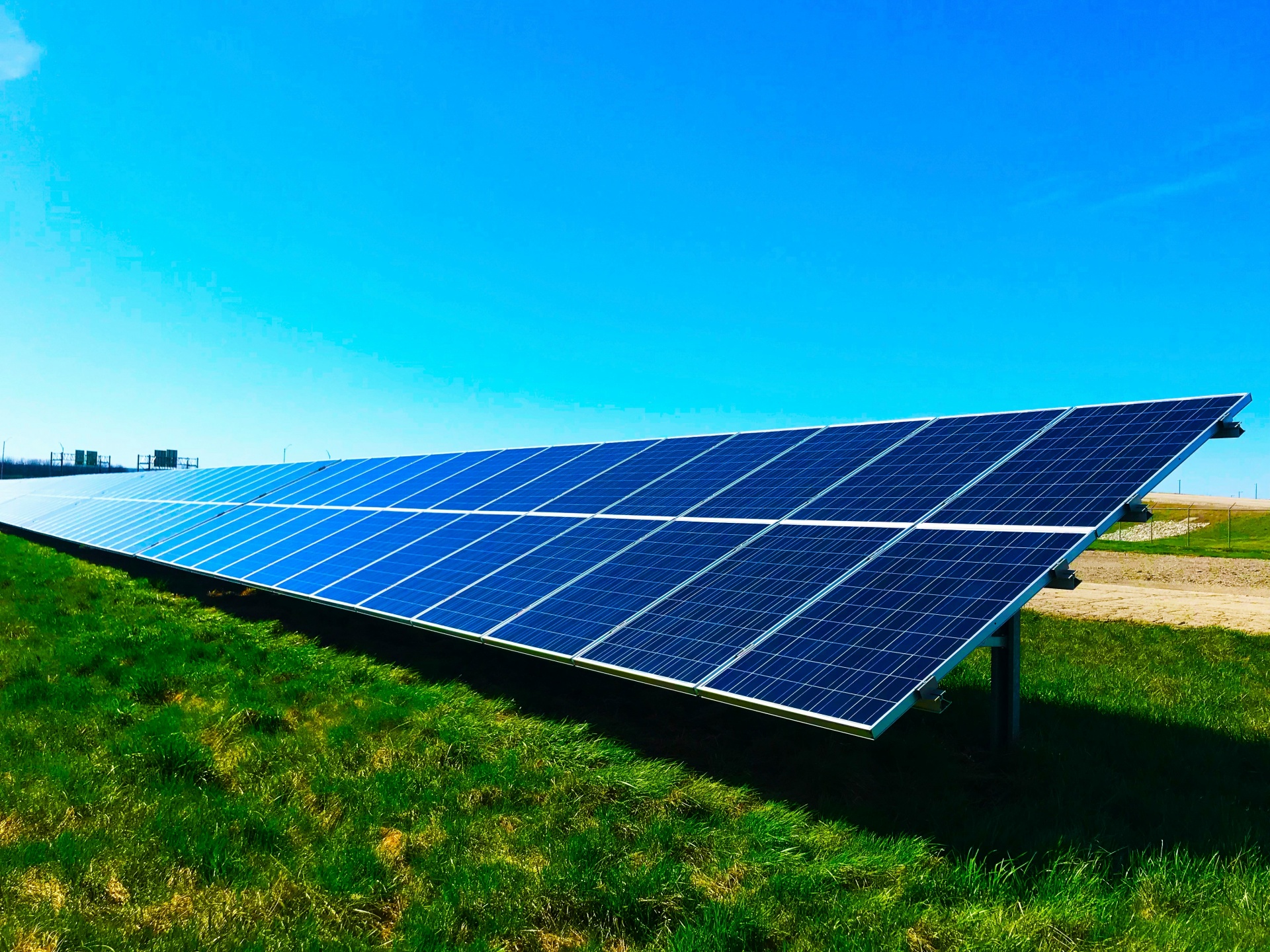
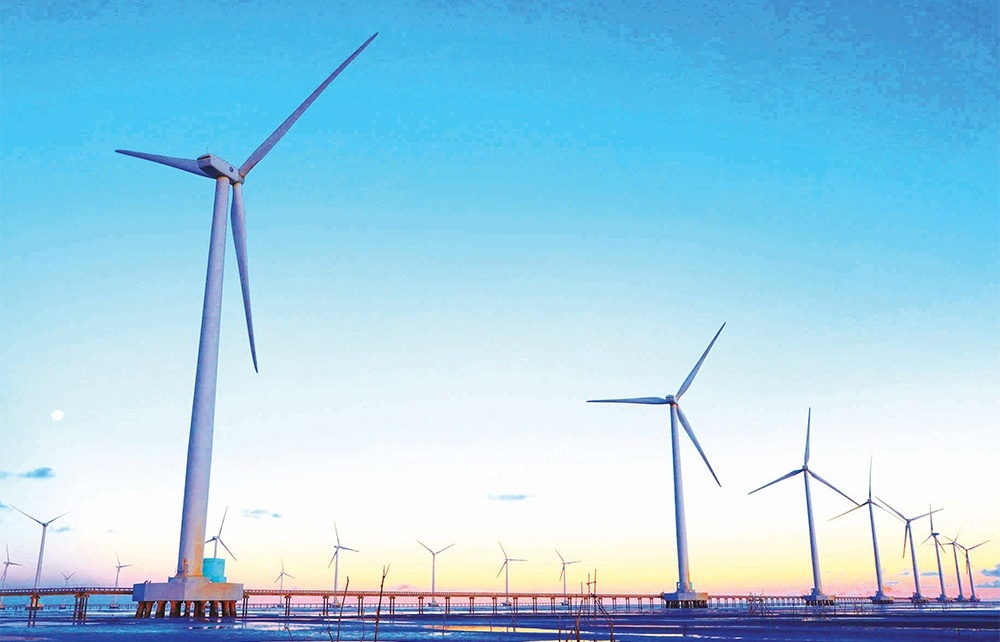
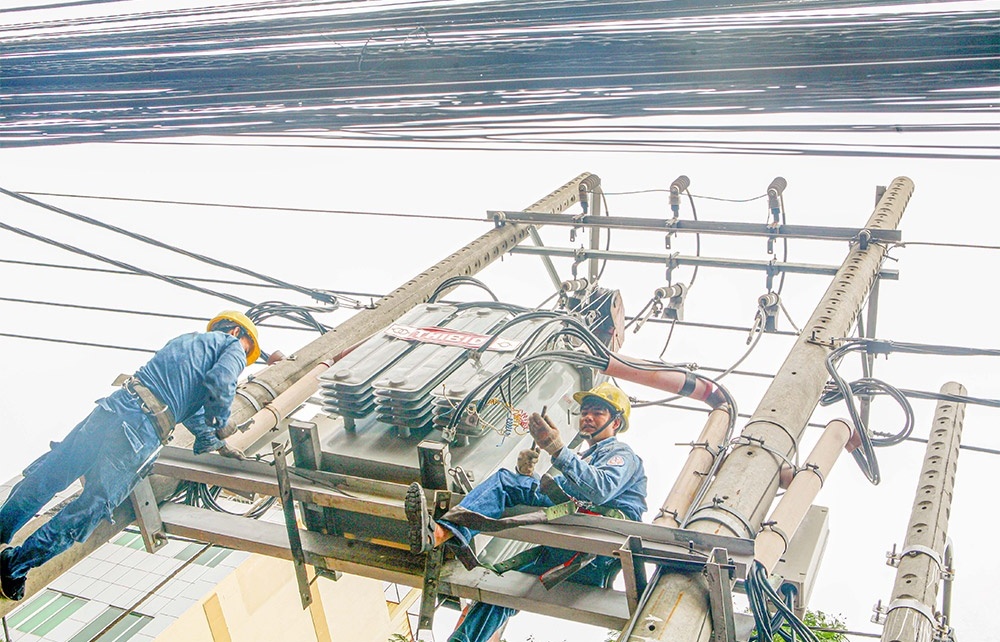

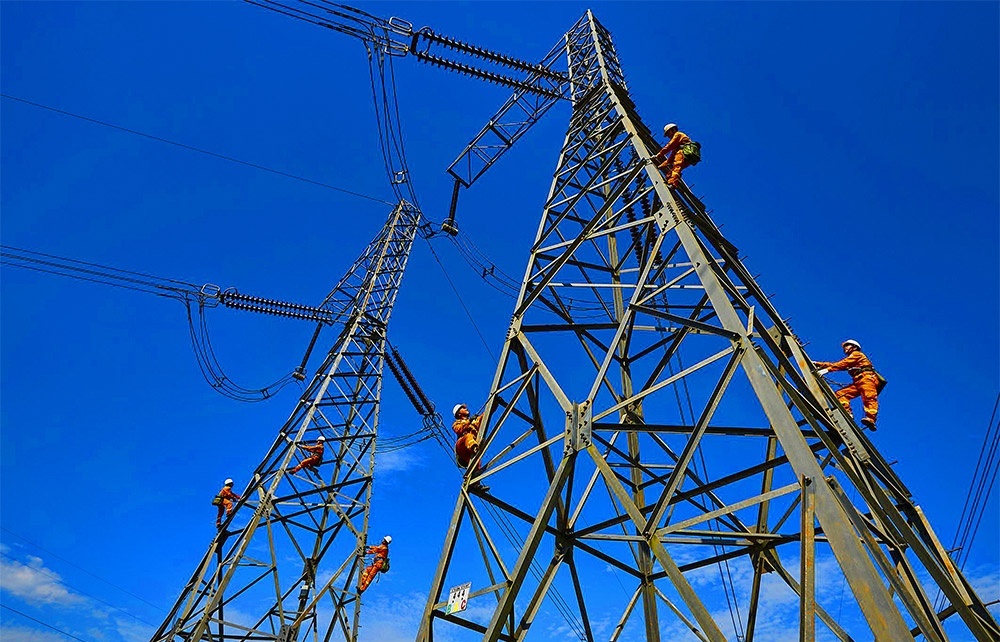
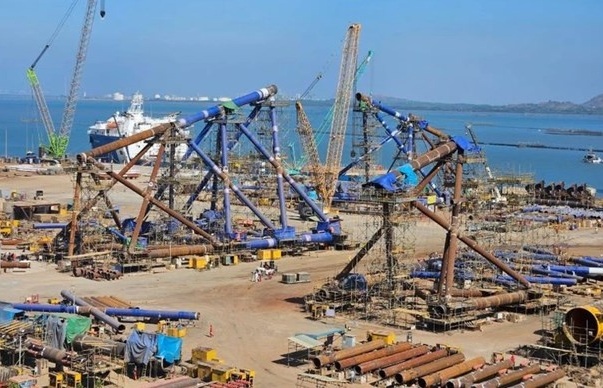
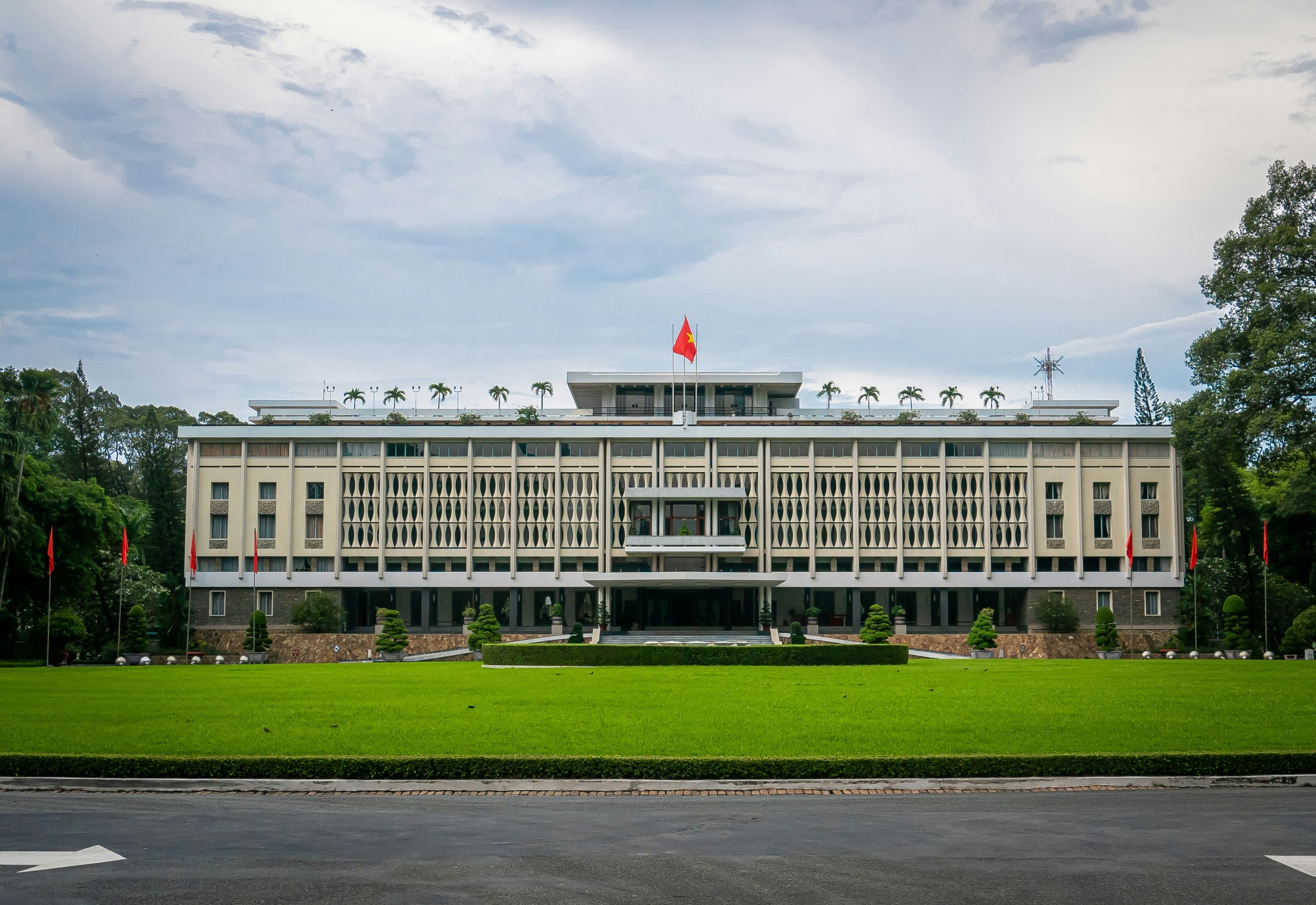


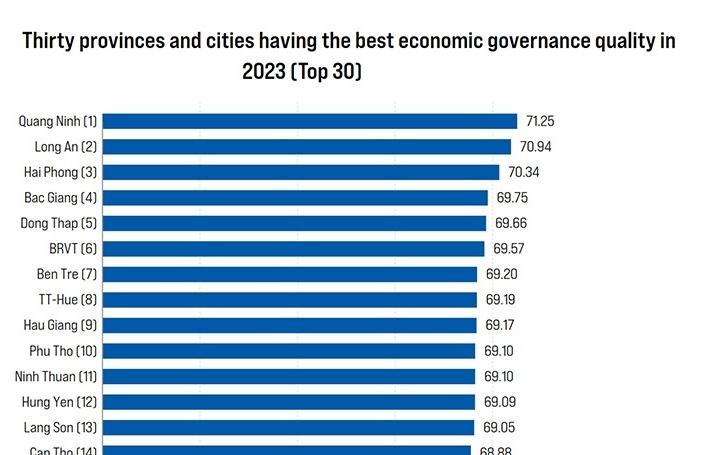




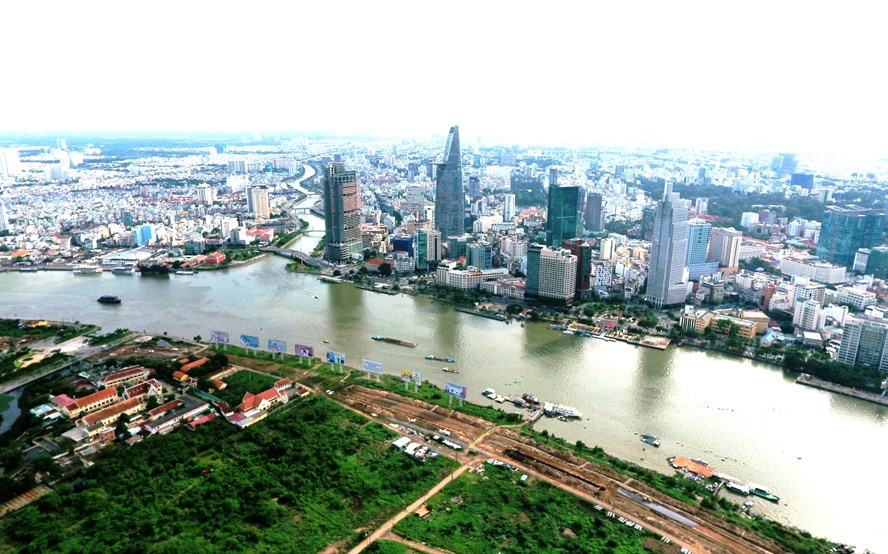





 Mobile Version
Mobile Version